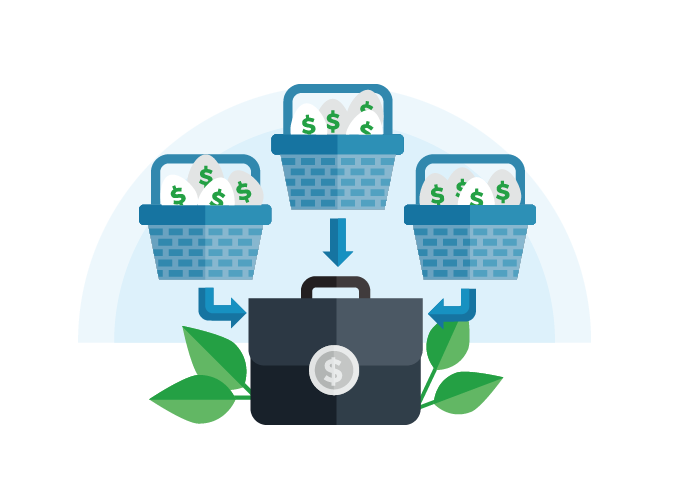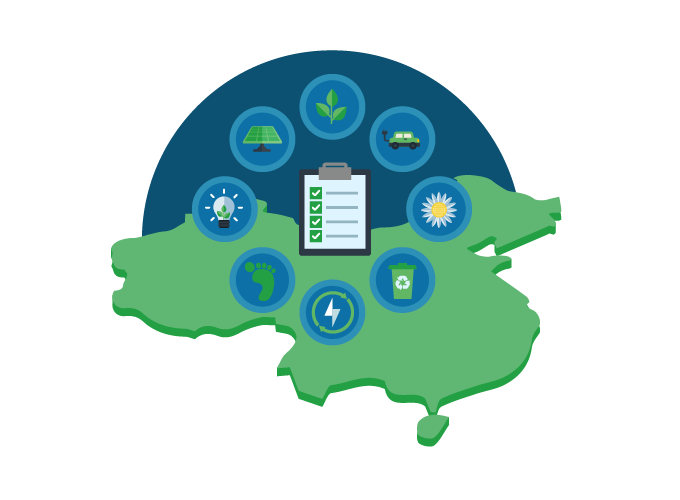Sustainable development – in good times and bad


The narrative around the economic impact of COVID-19 is now well trodden – yet still so uncertain. The World Bank’s 2020 baseline for global GDP was a contraction of 5.2 per cent as of June1, yet how this could change as the pandemic’s pace alters is near impossible to predict.
What is now certain is the short-term destabilising effect this will have on the global economy, but especially on emerging markets – and the communities that rely on economic growth for survival. In recent estimates, 60 million people could be pushed into extreme poverty in 2020 as a result of the economic crisis2.
Plugging the huge infrastructure gaps in developing markets—particularly those across Asia, Africa and the Middle East—has long been considered key in driving growth and alleviating poverty3. This is all the more critical as we move beyond the current crisis. The good news is that the pace of projects underway pre-crisis is not expected to drop off to the same extent as seen in previous crisis periods, according to Swiss Re4. Indeed, the insurer cited such investments as being “a key driver of growth in emerging markets post COVID-19”. This expectation for continued project pace will be welcome news for financiers like Standard Chartered, whose clients continue to seek economic opportunities in the above-mentioned developing markets.
It’s important to note that these investments don’t need to come at the expense of the sustainability agenda. While the sustainability narrative has taken a back seat in recent months, the pandemic has in fact arguably made the UN’s Sustainable Development Goals (SDGs) even more relevant—and the need for infrastructure that is more resilient to social and economic shocks all the more urgent5. Moreover, investing in resilient infrastructure for low- and middle-income countries has recently been proven to drive huge returns—paying for itself four times over, according to the World Bank6.
Perhaps the greatest challenge of the sustainable infrastructure agenda comes on the environmental front. The developing markets that have grown rapidly in recent years have not always done so without a green focus at the heart. In Southeast Asia, for instance, demand for coal is forecast to grow 4 per cent per year through 2024. And depending on the measurement used, developing countries are already believed to account for around half of the world’s global emissions7. Further, while developed-market emissions are expected to decline slightly, those of developing markets’ are expected to rise, according to the US Energy Information Administration8.

This issue of course comes into conflict with such markets’ urgent infrastructure needs. “Infrastructure is a key driver of growth and job creation, but it can come at a cost, with World-Bank estimates suggesting that infrastructure construction and operations account for 70 per cent of global greenhouse emissions,” said Daniel Hanna, Head of Sustainable Finance at Standard Chartered. “The USD26 trillion in infrastructure investment that is required within developing Asia alone is both a risk and an opportunity.”
Overcoming such conflict and establishing the investment needed is clearly a huge challenge. However, there are already signs that developing-market infrastructure projects across Asia, Africa and the Middle East are taking firm steps in a more sustainable direction. Spending trends and growth forecasts, for instance, indicate that energy infrastructure comprises the largest share of estimated investment in these markets with a core focus on renewable energy. And this doesn’t just mean addressing environmental challenges. A truly sustainable outlook for economic development will encompass multiple aspects, from water management to education and training to improving public health systems. Key to all this, will be the financing.
Private sector investment (both from multinational development banks [MDBs] and ‘standalone’ private finance) has been strong and growing in the past decade9, yet is still not where it needs to be. A World Bank study10 from 2017 found that 87 per cent of funding for developing-market infrastructure projects came from the public sector. And with the infrastructure gap still so huge—current estimates are that this could reach USD15 trillion by 2040—there is now a widespread understanding that private sector investment in such projects will be critical to ensuring it is plugged.
Aside from the sheer need of its funds, increased involvement from the private sector should also bring stronger environmental, social and corporate governance (ESG) principles to the table. With many of these financiers already adhering to strict ESG standards, as they become more involved in such projects, the environmental governance across these markets should naturally strengthen.

MDBs like The Asia Infrastructure Investment Bank (AIIB) have been leading the charge in many respects. For example, between 2019 and 2021 alone, the organisation committed to investing over USD1 billion in energy projects to increase renewable energy generation and access to affordable and sustainable electricity in the Asia-Pacific region.
The financial services industry is also increasingly doing its part. Global banks are steadily adopting stronger ESG principles—in particular, by ‘greening’ their finance. Many, including Standard Chartered, have committed to stop financing new coal projects. And both banks and multilateral bodies are increasingly applying green principles to their lending activities in developing markets.
Beyond the environment, private financiers are increasingly identifying opportunities to support broader sustainable goals, while also seizing lucrative business opportunities. For example, in its recent ‘Opportunity 2030’ report11, Standard Chartered identified the ‘USD10 trillion investment opportunity’ for the private sector that specifically contributes to solving select SDGs.
To drive a focused sustainability agenda for infrastructure development in emerging markets, the implementation of sustainable and responsible investment principles will also be critical.
Progress has been made towards this, in particular on the environmental front. The Climate Bonds Initiative, The Principles for Responsible Investment and the UNEP Inquiry are among the coalitions leading the charge.
Yet for current and future projects—and for the economies and communities they serve—to be truly sustainable (economically, environmentally and socially), the widening adoption of investment principles needs to be integrated into a holistic approach to development. Such an approach must marry green energy and green finance with better management of water and waste, circular principles of economic growth, and grassroots initiatives to bolster employment and education.
COVID-19 has demonstrated that sustainable development initiatives must build capacity in economies and societies to both endure and recover from external shocks. This will require governments and businesses to work together to identify and invest in projects that deliver multiple benefits to society over the long run. Moreover, growing support from international banks and investors could help to reduce the financial and ESG risks of such projects and cement a more sustainable future for all.
1 https://www.worldbank.org/en/news/feature/2020/06/08/the-global-economic-outlook-during-the-covid-19-pandemic-a-changed-world
2 https://www.worldbank.org/en/news/press-release/2020/06/02/countries-can-take-steps-now-to-speed-recovery-from-covid-19
3 https://www.weforum.org/agenda/2015/10/why-infrastructure-investment-is-key-to-ending-poverty/
4 https://www.swissre.com/media/news-releases/nr-20200617-sigma-3-2020.html
5 https://www.unescap.org/blog/covid-19-reveals-urgent-need-resilient-infrastructure
6 https://www.worldbank.org/en/news/press-release/2019/06/19/42-trillion-can-be-saved-by-investing-in-more-resilient-infrastructure-new-world-bank-report-finds
7 https://www.climatechangenews.com/2013/09/17/developing-nations-equally-to-blame-for-climate-change-report
8 https://www.eia.gov/todayinenergy/detail.php?id=41493
9 https://www.odi.org/sites/odi.org.uk/files/resource-documents/12366.pdf
10 https://ppi.worldbank.org/content/dam/PPI/documents/SPIReport_2017_small_interactive.pdf
11 https://www.sc.com/en/campaigns/opportunity2030